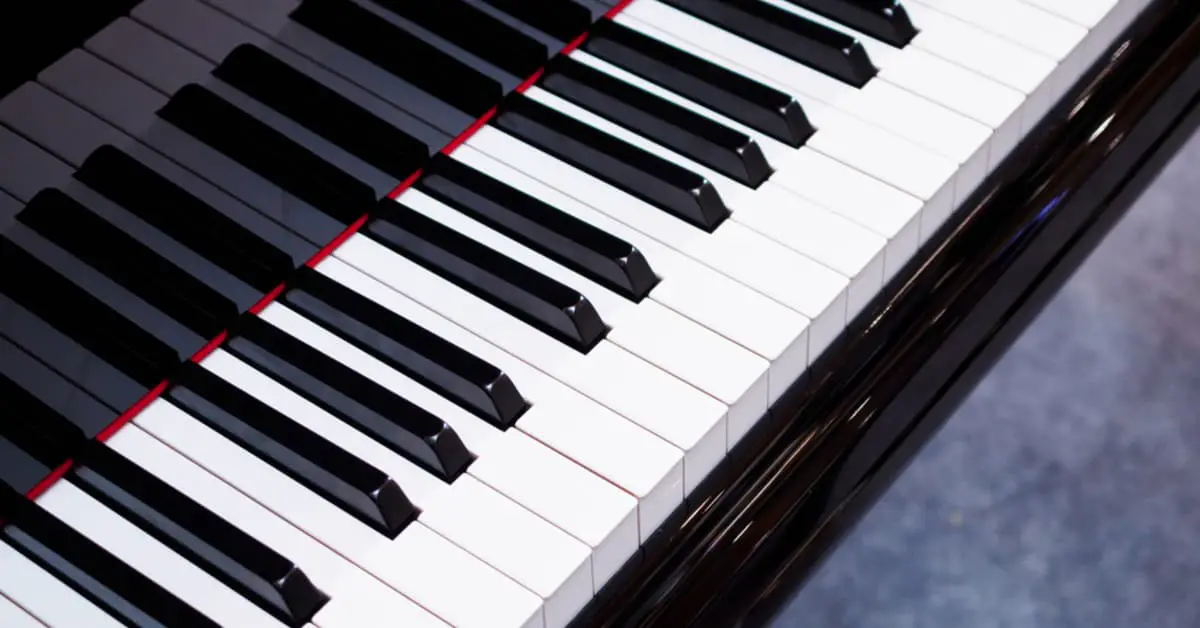The Kawai R50 and R100 are both exceptional products that produce excellent music. They may have the same brands, but they have unique features. With the innovation and fast-evolving technology today, Kawai has produced their first digital drum machine, the Kawai R100. Later on, they produced the Kawai R50, which has more memory and upgraded features. So, here are things you need to know.
Kawai R50
At first glance, the Kawai R-50 appears to be the low-cost version of the R-100 machine. But, in this business, appearances can be, and frequently are, deceiving, and a month spent playing with this unassuming box of tricks has left some people in no doubt that the R-50 is one of the greatest value-for-money drum machines available.
Kawai’s ‘cheap’ drum machine should have fewer sounds than its stablemate. Though it has the same 24 drum and Latin percussion sounds as the R-100. All of these are 12-bit PCM samples captured at a reasonable sampling frequency of 32kHz, giving most sounds a bright and energetic vibe.
Kawai R50 Pros
- Eight-note polyphonic electronic drum.
- 12 Different drum kits.
- Rhythm creation.
- Built-in effects.
- MIDI Applications.
Kawai R100
The R-100 was Kawai’s first digital drum machine, launched in 1987, excluding the preset drum machines featured in their home organs and multi keyboards. It includes eight separate outputs and 24 basic sounds that may be used right away. Kawai utilized a 12-bit PCM format and a 32kHz sample rate to produce excellent music, thus the results are typically fairly good at the time.
Kawai divided the samples into eight banks of three samples apiece, each with its own touch-sensitive pad. The touch-sensitive pads make it simpler to create patterns that sound more dynamic, and the sensitivity of the pads, like the sensitivity of each instrument, is customizable.
Kawai R100 Pros
- 24 samples with separated outs and some interesting sync options.
- The main panel features a basic 16 x 2 lines display, 8 velocity-sensitive pads, 30 buttons and 2 knobs for volume and tempo rate.
| Kawai R50 | Kawai R100 | |
| INPUTS | Number of MIDI Ins: 1 | 1/4″ L/MONO, R |
| OUTPUTS | • Number of Audio Outs (excluding Phones) : 3 • Number of MIDI Outs (excluding Thru): 1 | 1/4″ L/MONO, R |
| CONTROLS | • 2 switch type • Front Panel • R-50 Preset Rhythms • Rear Panel | • Main analog signal out + 8 analog outs • Midi interface • Metronome out • Trigger out +5V • Hi-hat pedal control |
| CONNECTION TYPE | AC Adapter | AC Adapter |
| MONITORING | Front Panel | Front Panel |
| COMPATIBILITY | ||
| SIZE | 12.6” x 7.7” x 2”320mm x 195mm x 51mm | 436(W) x 251(D) x 74(H) |
| WEIGHT | 1 kg2.2 lbs | 4 kg (9 lbs.) |
| INCLUDED APPS | ||
| WARRANTY | 5-Years | 5-Years |
Comparison
Kawai’s R50 and R100 doesn’t have much difference, but both deliver unique music and features. These electrical drum machines are perfect for gigs or just for home studios. They both produce excellent music and various sounds. As they say, it’s an all-in-one drumset. They may be what you call vintage instruments, but they’re still considered reliable music products.


